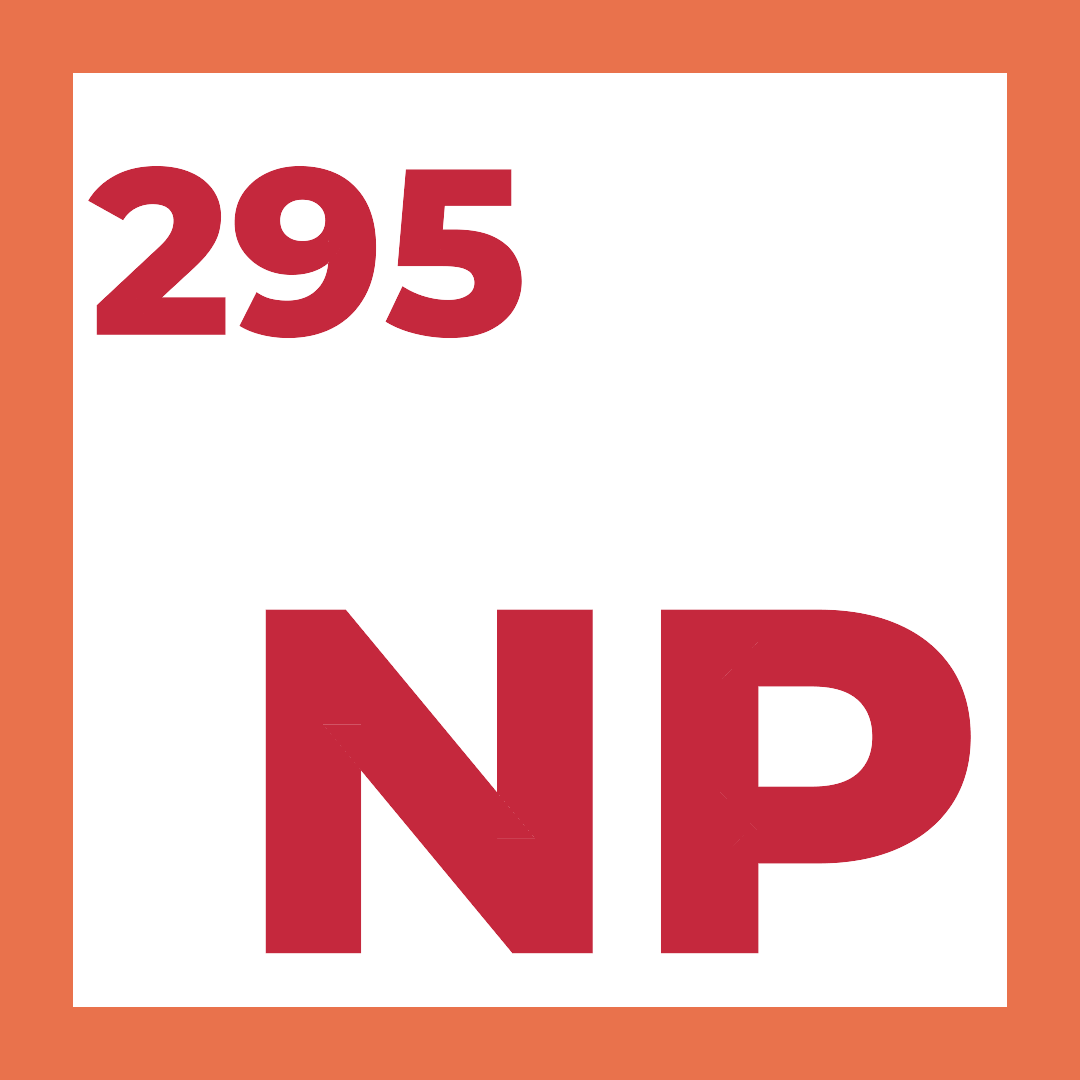
In “Architecting Data Lakehouse Success: A Cohort for CxOs and Tech Leaders,” we embark on an insightful journey through the evolving landscape of data engineering and architecture. This book is a comprehensive exploration, spanning the history, anatomy, and practical application of data lakehouses. It’s designed for technical leaders, architects, and C-suite executives who aim to merge strategic business vision with technical architectural prowess.
In Chapter 6, “Metadata Management and Data Discovery,” the critical role of metadata in lakehouse ecosystems is thoroughly explored. The discussion delves into how metadata serves as an essential connector of disparate data pieces, enhancing understanding and management within complex data environments. It emphasizes metadata’s significant role in enabling clear pathways to valuable insights within intricate data landscapes. The chapter highlights various dimensions of metadata, from quality management to optimization strategies and compliance, illustrating how metadata not only reveals the full potential of data but also ensures security, privacy, and governance in interconnected data ecosystems.
The chapter further elaborates on the practical applications of metadata in data discovery and lineage, underscoring its importance as the lifeblood of effective data management. It details how robust metadata provides visibility into data origins, changes, and relationships, enabling users to navigate, understand, and manage data efficiently. The discussion extends to the implementation of best practices in metadata management, including taxonomy, automation, governance, and integration with processing tools, thereby weaving metadata seamlessly into all data activities. This comprehensive approach to metadata management empowers architects to design lakehouse ecosystems that are not only regulatory-compliant but also optimized for data quality, security, and governance.
Architectural Principles for Solution & Technical Architects and Enterprise Architects
| Principle | Description | Exceptions |
| Data Quality First | Prioritize high data quality standards for accuracy and reliability. | Exploratory data analysis where completeness isn’t critical. |
| Automation | Automate operational processes to increase efficiency and reduce human error. | Processes requiring critical human judgment. |
| Compliance Alignment | Ensure all processes and systems align with regulatory and internal compliance requirements. | Non-regulated internal experimental projects. |
| Innovation | Encourage innovative approaches and technologies to drive business value. | Situations where stability and reliability are prioritized over innovation. |
Risk Areas and Mitigation Strategies
| Risk | Mitigation |
|---|---|
| Inaccurate or Incomplete Metadata | Implement rigorous standards for metadata accuracy and completeness. |
| Lack of Metadata Standardization | Establish and enforce a common metadata taxonomy across the ecosystem. |
| Poor Metadata Integration | Ensure tight integration between metadata and processing engines. |
| Metadata Scalability Issues | Design metadata solutions that can scale with growing data volumes. |
| Data Privacy and Security Risks | Apply strict access controls and encryption based on metadata tags. |
| Compliance Violations | Use metadata to enforce and demonstrate adherence to regulatory requirements. |
| Operational Inefficiencies | Automate metadata capture and management processes. |
| Lack of Metadata Governance | Establish clear roles and responsibilities for metadata curation and governance. |
This table encapsulates the key areas of risk that must be addressed in the context of metadata management within lakehouse ecosystems, ensuring the robustness and effectiveness of data management strategies.
Six Thinking Hats
Red Hat (Emotions and Intuition): Despite good metadata management, user adoption of the new lakehouse is low. Initiate user feedback sessions to understand the practical challenges and emotional barriers faced by end-users, adjusting their approach based on this feedback.
Black Hat (Judgment and Caution): There’s a proposal to integrate a new data source into the lakehouse. Critically assess the risks, considering the impact on metadata complexity, data quality, and security. Caution against a hasty integration without thorough analysis and testing.
Green Hat (Creativity and Alternatives): The current metadata management tools are not scaling effectively with the increasing data volume. Explore creative solutions, such as employing AI-based metadata management tools or custom-developing a scalable metadata framework suited to their specific needs.
Blue Hat (Process and Control): During a major upgrade of the data platform, there is a need to maintain the integrity and accessibility of metadata. Oversee the process, setting clear objectives, timelines, and quality benchmarks. Establish a control mechanism to monitor the upgrade process, ensuring that metadata management aligns with overall project goals.
Available at Amazon
- US: https://www.amazon.com/dp/B0CR71D58S
- UK: https://www.amazon.co.uk/dp/B0CR71D58S
- IN: https://www.amazon.in/dp/B0CR71D58S
- DE: https://www.amazon.de/dp/B0CR71D58S
- FR: https://www.amazon.fr/dp/B0CR71D58S
- ES: https://www.amazon.es/dp/B0CR71D58S
- IT: https://www.amazon.it/dp/B0CR71D58S
- NL: https://www.amazon.nl/dp/B0CR71D58S
- JP: https://www.amazon.co.jp/dp/B0CR71D58S
- BR: https://www.amazon.com.br/dp/B0CR71D58S
- CA: https://www.amazon.ca/dp/B0CR71D58S
- MX: https://www.amazon.com.mx/dp/B0CR71D58S
- AU: https://www.amazon.com.au/dp/B0CR71D58S
Disclaimer
The views expressed on this site are personal opinions only and have no affiliation. See full disclaimer, terms & conditions, and privacy policy. No obligations assumed.
